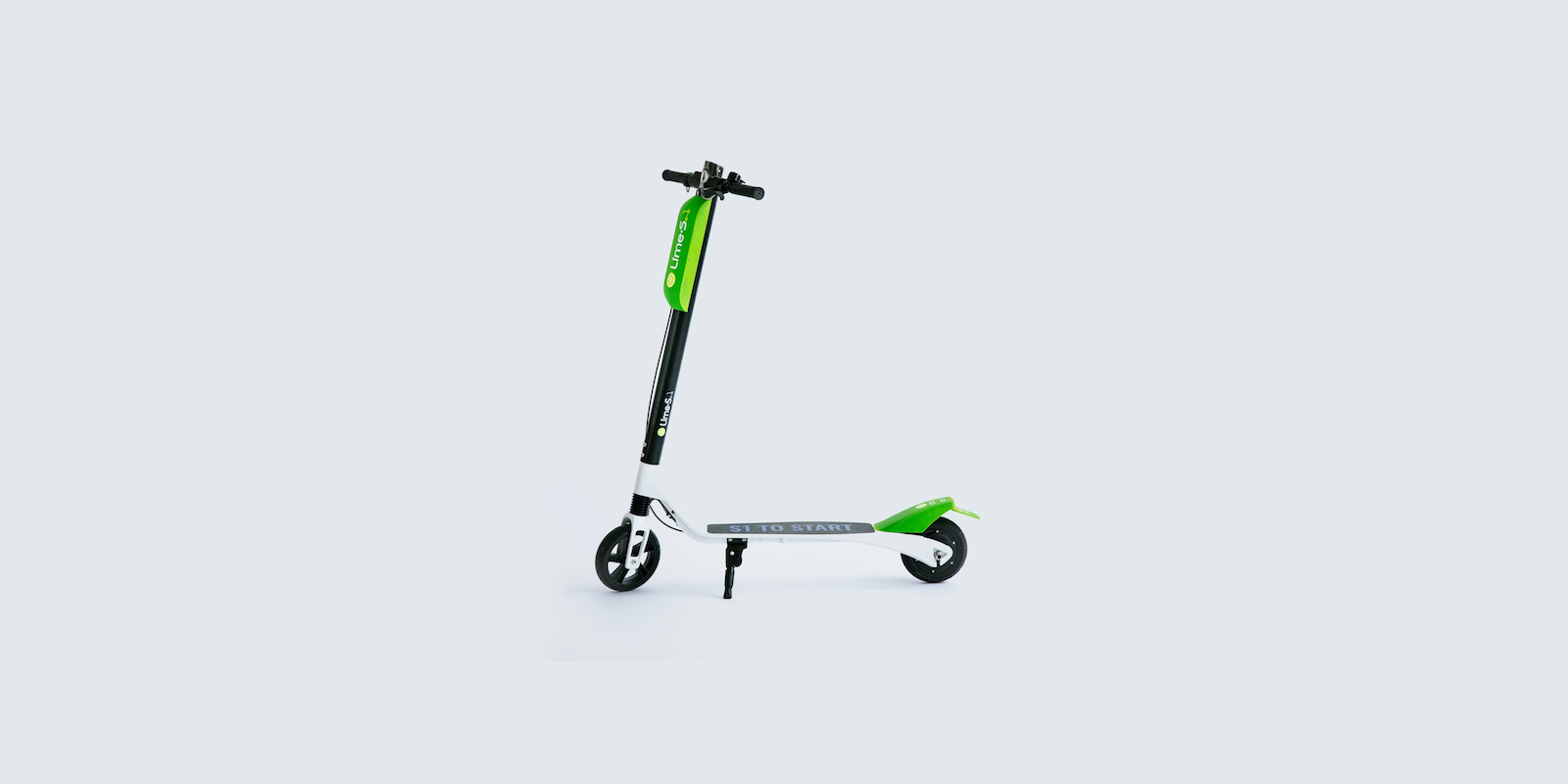The Urban Mobility Landscape
This is the first of a series of prediction posts where I attempt to predict what a specific space will look like in 5-10 years.
My primary motivation in doing this is to to formulate my thoughts about markets and consumer behavior to better inform my decision making as a venture investor. The other, more fun motivation is just that the internet is a great place to make declarations and revisit many years later to marvel at in self-congratulatory praise or — perhaps more likely — to laugh at.
In this post, I attempt to predict what urban mobility habits will look like over a 10 year timeframe. I’ll take the approach of walking through each mode of mobility and then estimate a picture of the overall urban mobility market.
MicroMobility Mania
According to the Federal Highway Administration’s National Household Travel Survey, nearly half of all vehicle miles travelled by car last year were below 3 miles.
It’s no surprise therefore that US venture capital firms are now in full obsession-mode with Micromobility providers. Bird, a dockless scooter startup has already raised 250M+ in funding, while Lime has raised…well, I’m not sure but they’ve raised a lot.
And Uber & Lyft, the largest rideshare players aren’t sitting idle as the mobility market spreads itself to last-mile solutions. Last month, Uber purchased JUMP bikes last month for $100M and has suggested they will be continuing to invest in alternative mobility solutions. Lyft is also reportedly working on building their own fleet of eScooters and recently applied for a license with the San Francisco transit board.
It’s clear that we’re just getting started with the urban mobility movement, and that cities in the United States have perhaps the most social good to gain from these innovations given our painfully inadequate transit infrastructure.
Bikeshare (1990s-current)
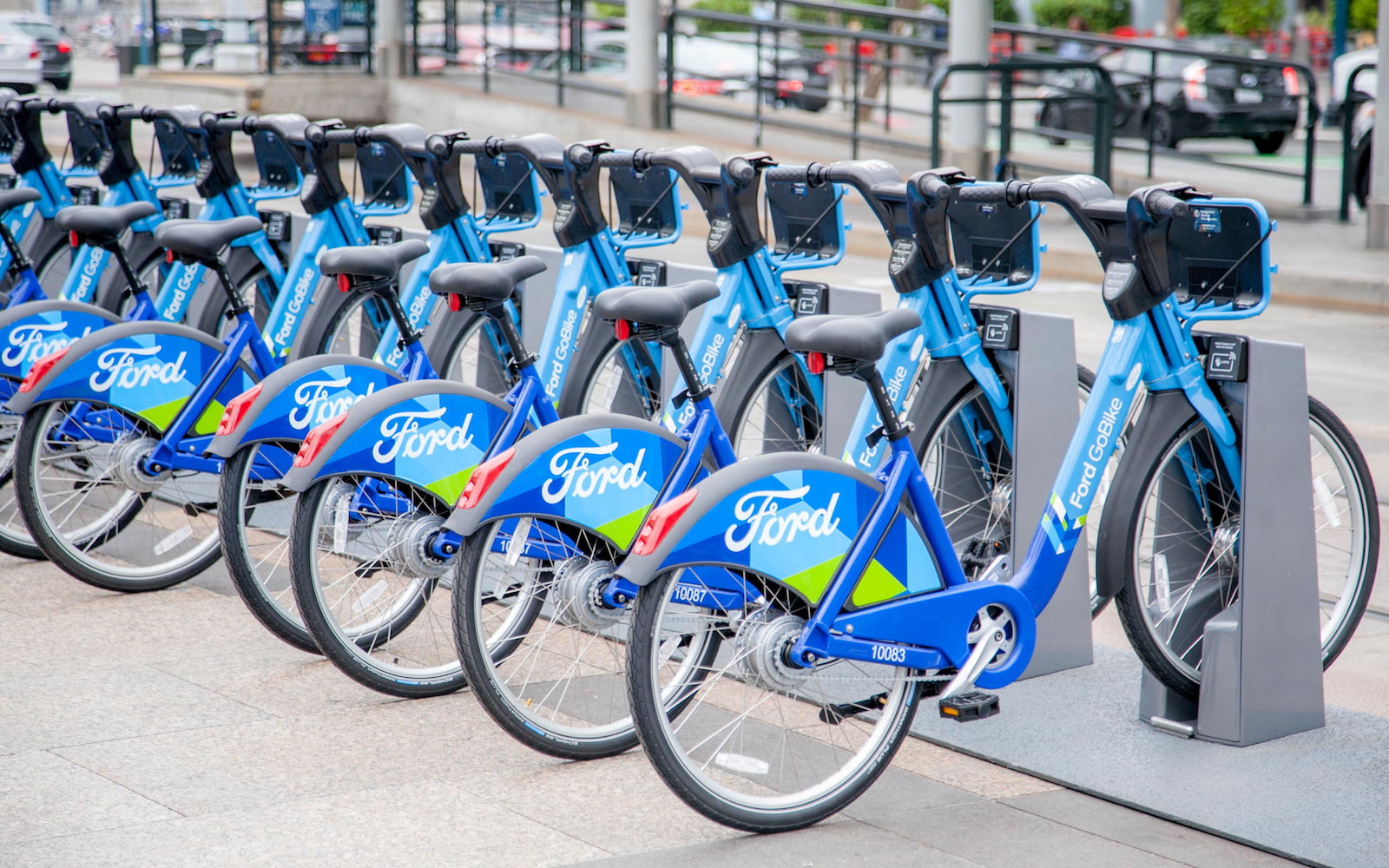
Bikeshare made sense as the initial model because bikes were the first solution that appeared to be economically viable given the cost of production of a bike in China. The initial financial projections and adoption of the bikeshare model were enough to convince venture capitalists to subsidize millions of dockless bikes in hundreds of cities globally.
While both docked and dockless bikeshare has been around for decades (google bikes?) - it really was the Chinese market that pioneered utilizing QR codes and rudimentary tire locking systems to allow anyone to reserve and unlock a bike using a mobile phone.
While the verdict is still out on the economic viability of the dockless bikeshare model, the impressive uptake of venture bikeshare services was a powerful conduit to get people excited about micromobility and alternatives to the automobile, especially with last-mile transport.
eScooters (2016-current)
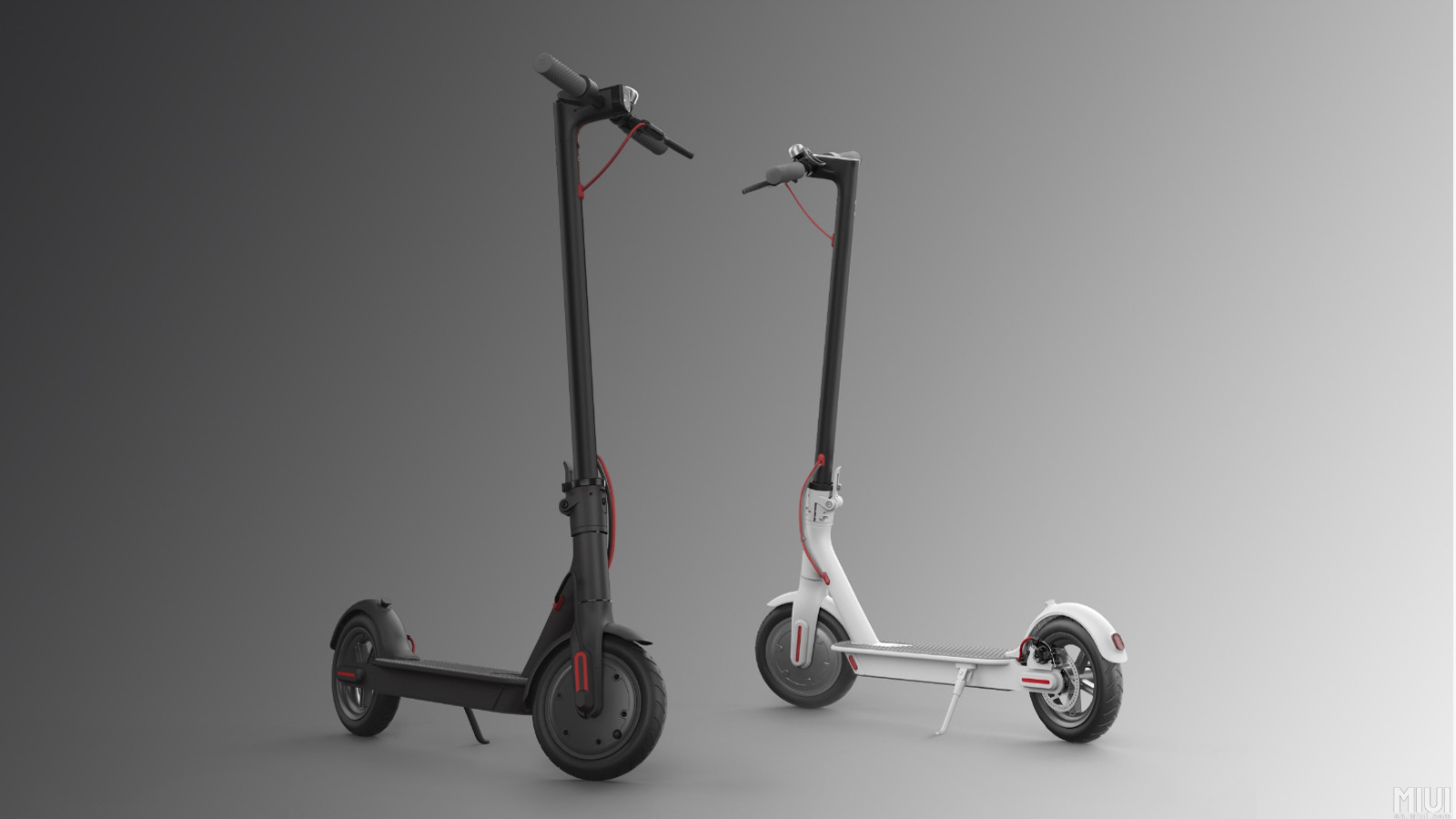
eScooters were the next natural iteration in urban mobility after bikeshare. This makes sense because:
- Given the choice between electric and manual, people will chose electric.
- eBikes are heavier and therefore more expensive than eScooters given the same power requirements.
- Since eScooters are cheaper to manufacture for similar power output, they came to market first.
- Since eScooters are cheaper, rideshare companies can also deploy more of them, which makes them more convenient since you don’t need to walk far to find one.
eScooters were really responsible for starting the super micromobility craze. There was bikeshare before, but it was really the scooters that helped people realize just how much time we spend making 0-3 mile trips everyday. Electric scooters are in many ways the “apple” solution for last-mile transport – They strip everything else besides 2 wheels and a battery out of the way.
Until of course people are finished riding them, at which point they get in the way of everybody and everything. The very explosive growth of scooters is the very thing that’s causing a public uproar and city transit authorities to shut them down.
So how does the eScooter situation play out?
Look, I don’t think eScooters are going anywhere. They’re cheap, they’re lightweight, and they’re a lot of fun. But I don’t think we’re quite going to see the type of retention people are expecting for the reasons that I detail below about some of the alternative modes of transportation coming online, notably: they’re not quite as safe, aren’t as suited for biking infrastructure as bikes are, and aren’t weatherproof.
However, besides installing some basic docking infrastructure, I think the short-term solution that will help eScooters get back on the street is some type of basic cord locking mechanism that you need to connect to a legal bike rack to end your trip. No more leaving in the sidewalk, no more leaving in the bushes, just park the thing like a responsible human and make sure that we all can have nice things.
eBikes (2017-current)
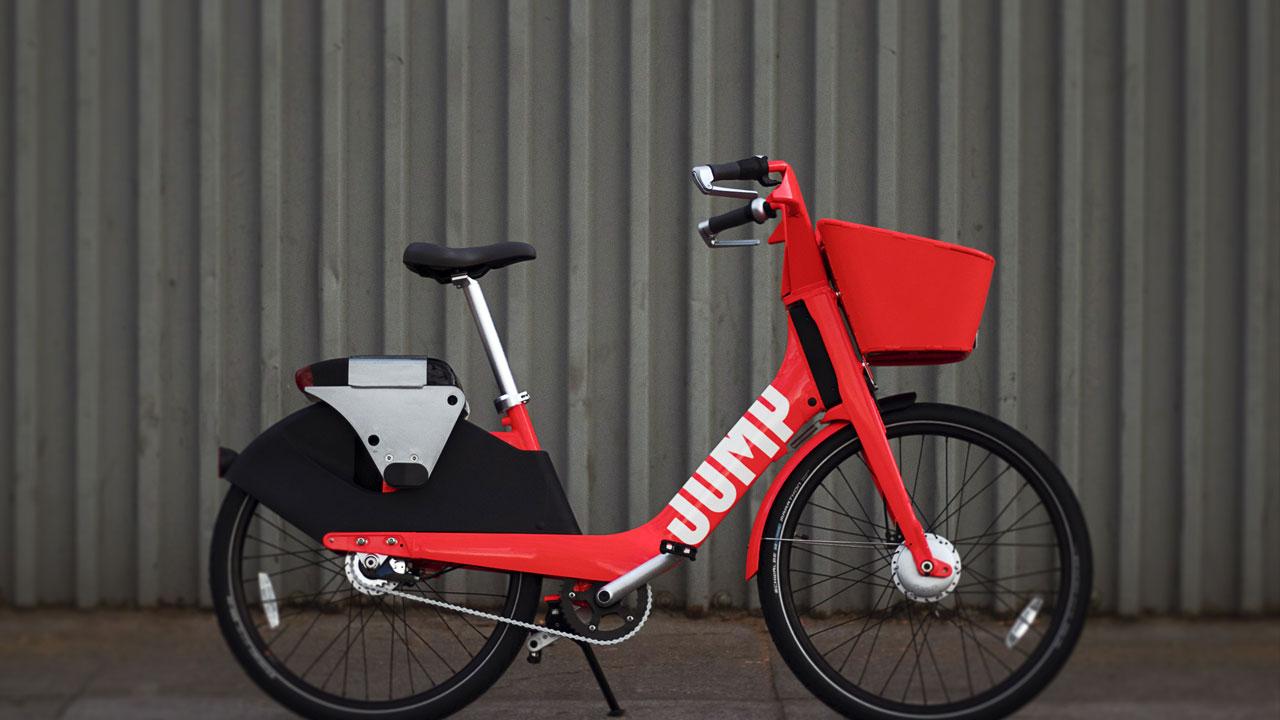
I believe that eBikes will prevail as the most popular mode of transport in many major cities on a miles ridden basis (in spring, summer & fall). I think that eBikes have more potential than eScooters for a few reasons:
- Although still severely lacking in most cities, we already have bike infrastructure including dedicated bike lanes and bike traffic signals.
- Bikes are generally better equipped for riding on rough pavement due to wider tires and wheel size.
- Parking is currently the biggest obstacle facing dockless urban mobility solutions. Bike parking already exists en-masse in most cities. Anyone in SF can request a new bike parking rack using a simple form.
- Riding a scooter just makes you look more dorky.
Mini EVs (2019)
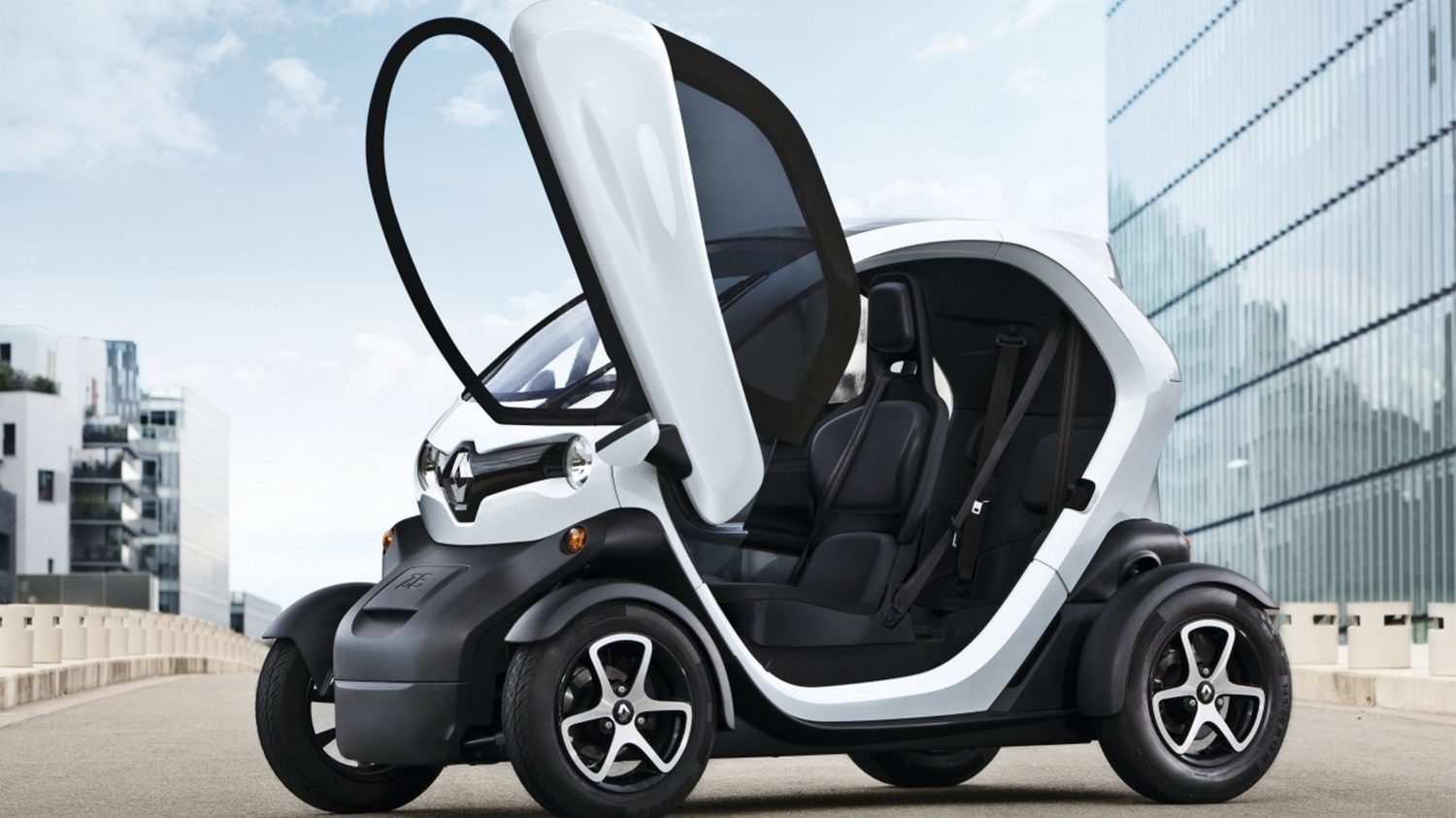
Of course, bikes don’t work as well when you wear a suit, dress or skirt to work or you can’t shower upon arrival. They aren’t good options when it’s raining and you’d have to be downright insane to take a bike or scooter to work in the winter in most cities on the eastern seaboard or in Canada. If your commute is longer than 5-10 miles, you might also just not want to be physically exhausted upon arriving to the office.
In these situations, typically your best bet is going to be a rideshare option like Uber and Lyft. Unfortunately, for a 5-10 mile ride in rush hour, this could end up costing you $20-40 each way! Luckily, Mini EVs like the Renault Twizy are on the horizon.
Leaked pitch documents from Lime’s recent $250M round suggest that they will be investing up to $50M towards “ultracompact electric cars”. Axios further details pricing and economics behind the yet-to-be launched Mini EV fleet:
Based on Daimler's Car2Go car rental service, Lime estimates it will charge $1 to start, plus 40 cents per minute. With an average trip length of 20 minutes (or 3.8 miles), and six trips per car, per day, it expects $54 in revenue and $37 in gross margin after costs.
This suggests a 20 minute commute could cost just $9 vs. upwards of $20-30 using a traditional rideshare service (although you’ll be driving). However, given the healthy margins I would expect other entrants to drive the price even lower and it’s possible we’ll see prices in the $0.25 per mile. Recapping why “ultracompact” EVs are so amazing:
- You can drive them in vehicle lanes.
- They are only a single passenger wide and narrow enough to fit 2 per lane.
- They have considerably better lights than a bicycle.
- You can fit 2 people seated vertically.
- You can drive them in bad weather.
What about parking?
One obvious issue with ultracompact EVs is the the question of parking. One reasonable solution is to dedicate one public parking spot in each block for ultracompact EVs. The average parking spot in San Francisco for parallel parking spaces is 20’0”. With the Twizy’s width registering at a sliver under 4’; this means we could easily fit 3 Twizy’s with approximately 17” of space on each side for the passenger to alight from the vehicle. (Remember that the doors open vertically so we require far less room, like that of the Tesla Model X.)

Given that there are over 275,000 parking spaces in SF proper, with even 1% of our public parking spots dedicated to these ultracompact vehicles, we could house almost 10,000 ultracompact vehicles in San Francisco alone. This would likely be more than sufficient to significantly reduce traffic congestion and car ownership for city residents looking for more affordable and nimble urban transportation. This represents a $130M market within the San Francisco city borders alone.
What about charging?
Currently, eScooters are the optimal solution when considering charging. This is because the scooters are small and lightweight enough for freelance “chargers” to collect a bunch of spent scooters load them into the back of a pickup truck and charge them at home (I’m assuming they have some large charging bank in their garage). There are a lot of interesting market dynamics that go into this marketplace of chargers that is actually really interesting but I won’t dive in further here.
The deciding factor on charging infrastructure is really a regulatory one.
Large cities have come down hard with regulation on dockless scooter share companies since most users park carelessly/irresponsibly in the right-of-way. Ultimately, I see short term and long term solutions emerging for rideshare companies:
Temporary, privately leased charging infrastructure
At first, I think we’ll see a model emerge similar to that used by Zipcar, who leases mostly private parking spaces from garages and parking lots scattered around the city. This is the fastest way to market, but still leaves the question of how these vehicles will be charged.
One option is to install lightweight solar powered charging infrastructure. Orderly Singapore has provided licenses to some rideshare companies to install lightweight infrastructure that is secured via heavy foundation weights instead of being bolted directly into the ground. This makes the chargers very difficult to steal while making installation quick, relatively cheap and non-invasive to surrounding infrastructure.
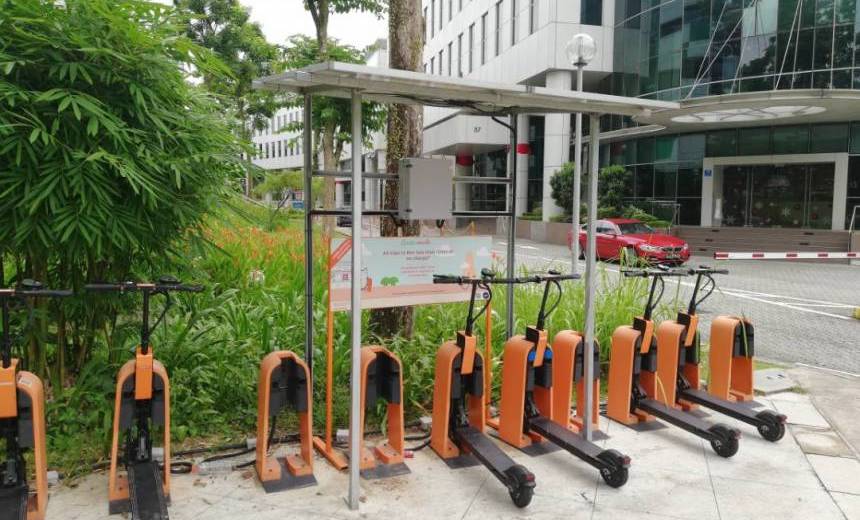
The other option, and one that’s been dreamed about for awhile but never realized in the electric car market, is that of battery swapping. The predominant problems with battery swapping is that batteries are extremely heavy (even in the Renault Twizy they are about 220lbs), and often the design of the car prevents anyone from being able to easily swap out the battery without damaging components or causing themselves serious injury. Better Place was a well-funded Israeli startup that aimed to provide a solution using robotic swap stations, but ultimately weren’t able to acheive their end goal.
However, I think with recent efficiency gains in batteries reducing sizes and weights considerably, we are getting closer to being able to swap out batteries. There are still issues to figure out but some companies are starting to invest in the swappable model again. Notably, Scoot (shared electric mopeds) recently partnered with Chinese automotive startup CHJ to bring “Small EVs” with swappable batteries to San Francisco. Of course, like anything else that might be good for the city, their plans are currently stalled due to regulatory hearings with the San Francisco County Transit Authority.
Autonomous Carshare (2025)
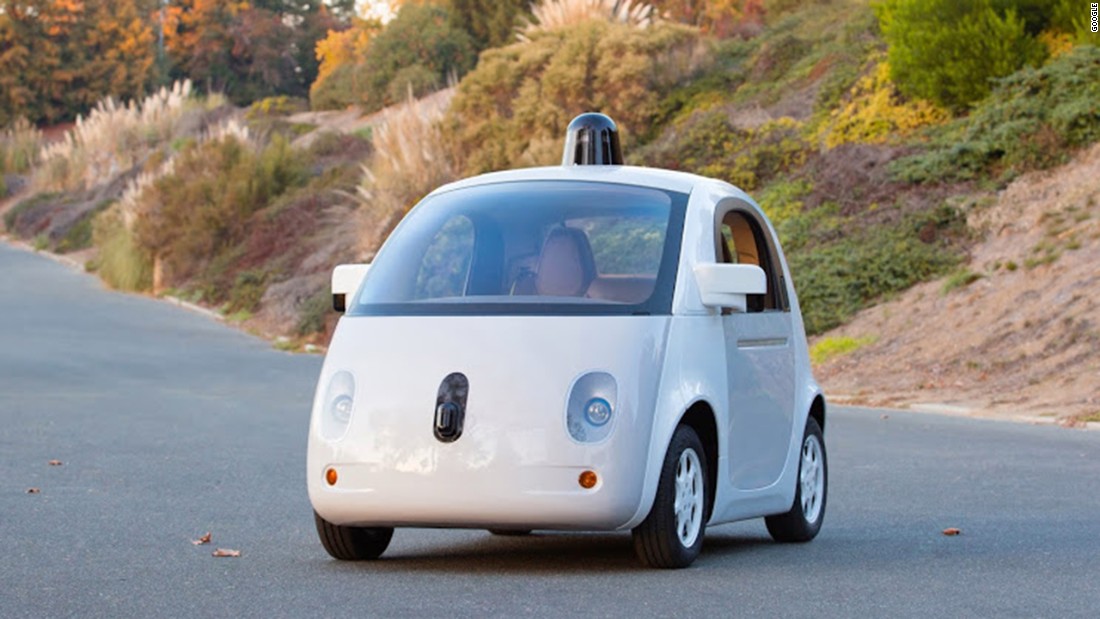
As excited as I am about ultracompact vehicles coming to our cities, I do recognize they are a stopgap opportunity that will all but disappear completely once autonomous carshare services hit the market in force. However, I think that regulatory issues and disasterous PR with any traffic accidents will generally slow the deployment of fully autonomous networks.
ARK research estimates that only 8% of total miles driven in the US will be autonomous by 2025. Given that I expect to see ultracompact vehicles hit the market en masse in 2019 and 2020, this gives the ultracompact EV a solid 5-10 years of potential mass market utilization before autonomy begins to erode marketshare.
Why is autonomy better? The benefits have been raved about for the better part of the past 5 years:
- Increased safety (no more drunk drivers, distracted drivers, human error)
- No more stress of driving
- More affordable than traditional careshare with human drivers
We all know that autonomy is coming, it’s just nobody really knows when governments and the voting population become accepting that 1,000 deaths a year caused by automomous vehicles is better than 50,000 caused by other humans making mistakes and poor decisions at the wheel. Elon Musk is well-known to be the most outspoken of the utilitarian benefit of autonomous driving.
It’s super messed up that a Tesla crash resulting in a broken ankle is front page news and the ~40,000 people who died in US auto accidents alone in past year get almost no coverage https://t.co/6gD8MzD6VU
— Elon Musk (@elonmusk) May 14, 2018
Ultimately, it’s going to be a rocky transition period before we get to full autonomy that will likely take decades to play out in its entirety. I expect full autonomy to happen much faster in foreign countries with more efficient legislative processes (e.g. Singapore, Scandinavia, Korea, Japan, Taiwan). This actually might take so long to play out, that the overall effect (at least for light cargo / human transport) is dampened since we might get to aerial regional transport much faster than we get to Level 5 autonomy on our current roads and highways.
VTOL Aerial Vehicles (2030)
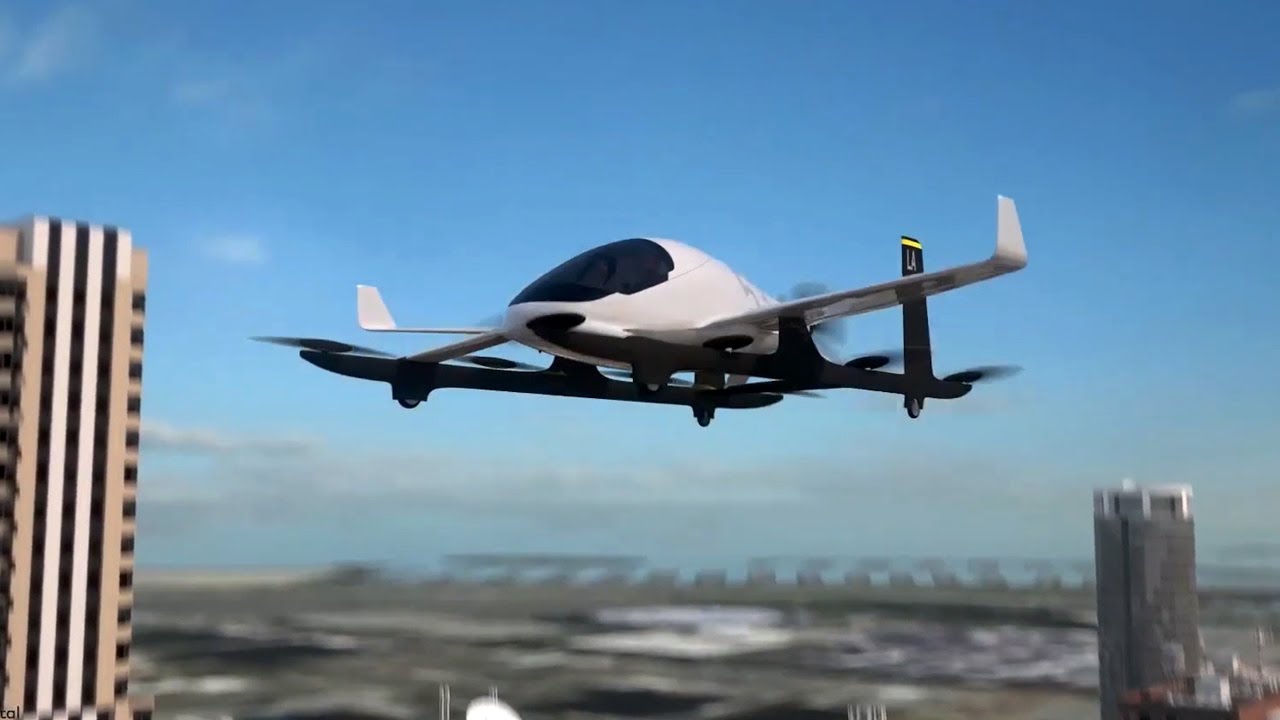
Aerial personal transport has long been touted as a panacea for all of our transportation needs. But the lack of efficient energy options and aerospace designs has kept the industry within the boundaries of the current model of larger aircraft and long expensive runways and airport infrastructure.
However, given recent battery energy density projections, I think we’re on the cusp of a revolution in regional and metropolitan transportation in the form of Vertical Takeoff and Landing (VTOL) regional transport vehicles. Uber is starting to invest heavily in its own VTOL prototypes with the goal of conducting demo flights by 2020.
Uber’s concept and plans were partially inspired by Nasa’s “Greased Lightning” VTOL prototypes that utilize up to 10 separate battery powered rotors to lift an aircraft vertically, then rotate or activate a forward propulsion system to utilize a fixed-wing to provide lift and provide energy efficiency closer to traditional airplanes.
However, like autonomous driving tests that are being conducted at slower speeds, VTOL tests need to crawl before they can run. If that’s the case, perhaps aerial cargo delivery is a reasonable place to get started. Companies like Elroy Air are building aerial cargo transport vehicles that are capable of carrying payloads of 100+kg with a range of approximately 500 kilometers. These transport vehicles are perfect for making vital military and medical deliveries across complex remote terrain.
I know, jumping into one of these VTOL vehicles might seem a bit intimidating at first. But if their design is backed by millions of hours of cargo transport with impeccible safety records, you’d probably be more likely to give it a try. And you have to admit, it’s definitely a future worth pursuing:
So how far away are we? Uber claims they’ll be conducting commercial operations by 2023. I personally think that’s a bit optmistic, and expect to see the commercial launch closer to 2030. In any case, we’re certainly closer to this future than you might think.
